The problems started early on at Milan’s MXP airport. It all began at the check-in area — even before the check-in area, really — what with the confusing directions as to how to reach the place where the Delta counters were supposed to be located. As shown in the photo above, the arrow indicated to walk to the right. However, as passengers were later told, the path to the Delta check-in area was actually on the left.
At MXP (which is code for Milan’s Malpensa Airport), the Delta (and other U.S. airlines’) check-in area is separate from all other airlines, and Delta counters for the 10:15 a.m. direct flight to JFK (in New York) opened at 7:30 a.m. (pictured above). Only passengers can enter MXP.
Flights to the U.S. and Israel also have separate turnstiles to reach security control areas. Passport control for non-E.U. countries is located after the security check.
However, the separate turnstiles for the U.S. were still blocked at 8 a.m., possibly due to the fact that Delta was the only airline flying to the U.S. from MXP (Alitalia only flies to and from the U.S. via Rome), and security personnel expected U.S.-bound passengers to arrive much later.
The rush to reach the departure gate area was in order to locate more open bars than in the check-in area, where only one such venue was in operation.
At the Delta check-in counter (reached after the first of three security screenings), passengers were told that the inbound aircraft had landed at 7:40 a.m. and that the vehicle had been cleaned and sanitized before it was scheduled to take off again two hours later. (At JFK, arriving Alitalia flights are sanitized and then parked overnight before taking off again for Rome’s FCO.) An October 1 article in The Wall Street Journal reported that Delta uses a cleaner called Calla 1452 to disinfect its airplanes. This cleaner is known to be toxic, but the paper seemed to imply that it isn’t too harmful for occasional travelers.
In a postcard given out along with free facemasks at check-in, Bill Lentsch, Delta’s Experience Officer, explained that electrostatic spraying was used to sanitize the aircraft, and that “most” aircraft have special air ventilation systems known as HEPA filters (which are also used in hospitals). Possibly due to the better ventilation, the emergency exit seats were a comfortable temperature during the flight. Under “normal” circumstances, Delta is one of the few airlines unable to keep temperatures around emergency exits above 40 degrees F (or 4 C).
On the Delta flight, facemasks were required the entire time and needed to be replaced every four hours, or twice during the eight-hour voyage. Onboard personnel were diligent in regularly reminding people to cover both their mouths and noses. However, not everyone seemed to be aware that free masks were available to all passengers, and it seemed that only a few travelers were notified that masks had to be replaced as they tend to be ineffective after four hours of continuous use.
In addition to facemasks, passengers on an Emirate flight (observed from afar from Delta’s gate) were provided with plastic face shields that were to be worn in front of their masks.
Passengers’ temperatures weren’t taken at any point at the airport, however, curious travelers were reassured that thermoscanners had been placed all around for that function. With Alitalia at JFK, an operator had manually measured all passengers’ temps before they reached the check-in counter and registered the values on the COVID-free declarations later left with agents at the departure gate. This is because JFK airport operators were later in installing thermoscanners than Italian airports. Delta also required that passengers fill out COVID-free declarations to be left with gate agents.
This particular procedure was a source of frustration both at FCO (with Alitalia) and at JFK (with Delta). In addition to the declaration to be left with the gate agent, Alitalia also provided a duplicate declaration that passengers were asked to hand in upon arrival (before passport control), only to be told when they arrived that the form was obsolete and a new COVID-free (and tracing) form needed to be quickly filled out on the spot. Delta did not provide a form nor alert travelers that a COVID-free declaration needed to be filled out before exiting JFK, therefore bewildered passengers had to fill it out where they stood since there weren’t designated places to do so.
Boarding for Delta’s 35 JFK-bound passengers was orderly, starting from the rear of the plane, however pre-boarding privileges were given to a few frequent-flyers who were seated towards the front of the economy area of the A330 plane (which can hold up to 250 passengers). Conversely, deplaning was done starting from the front.
To comply with Italian safety procedures, no items of clothing could be stowed, although carry-on luggage was once again allowed onboard. Blankets were distributed after boarding was complete (and weren’t waiting for passengers on their seats).
On a final note, Delta’s onboard meal service was better than Alitalia’s. Alitalia served only one meal with bottled water. Delta instead offered two choices with each of the two meals (lunch after take-off and snacks before landing) served. Alcohol was also offered.

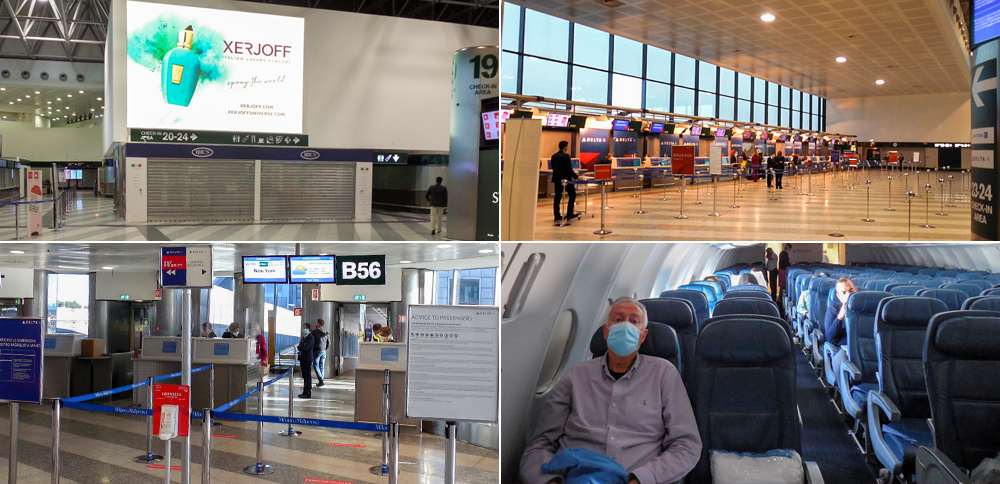
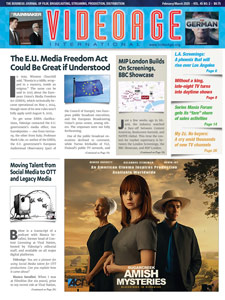

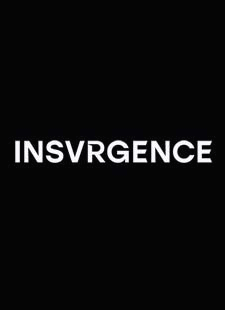




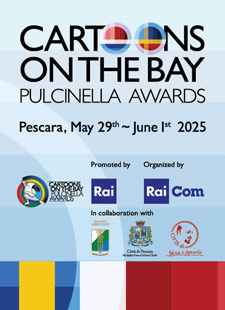
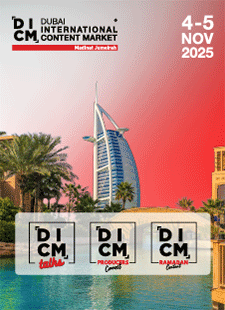

Leave A Comment